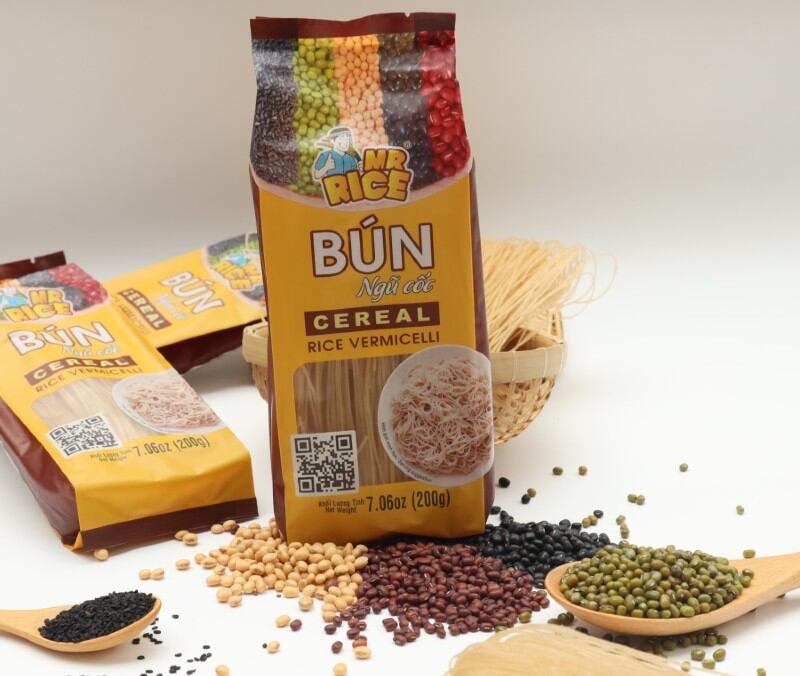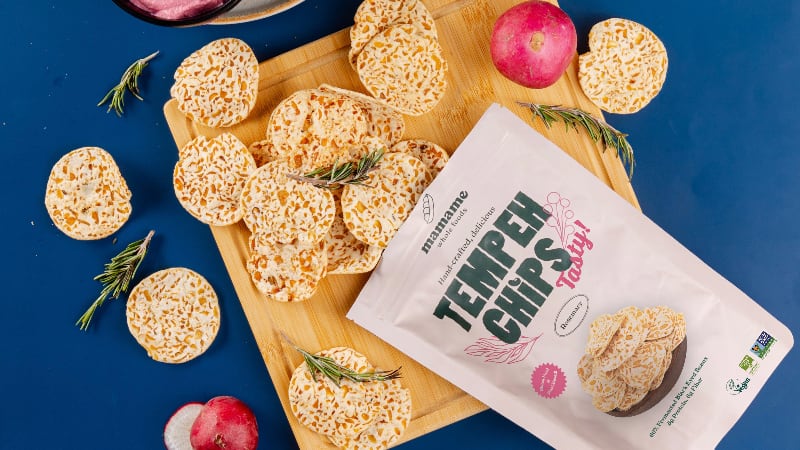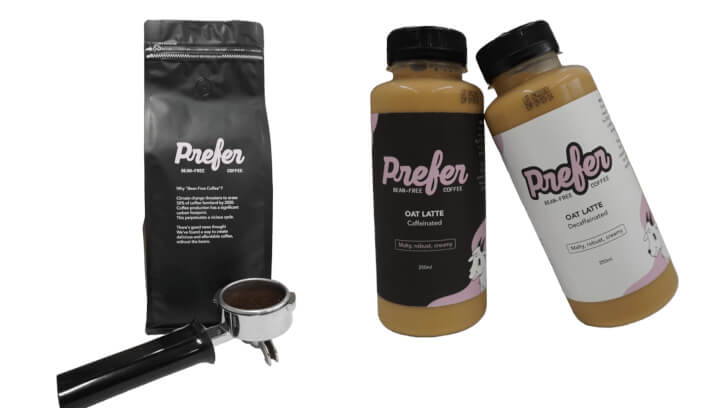Duy Anh is best known for its innovations incorporating fruits into a variety of rice-based products, from watermelon vermicelli to dragonfruit rice paper.
The firm has now decided to expand its innovation into more ingredients whilst maintaining a focus on rice as its base, starting with the incorporation of a variety of beans into its new Cereal Rice Vermicelli product, launched under its Mr Rice branding.
“Usually when considering cereal and bean consumption in Vietnam, this is always linked to being brewed with hot water and drank as a hot beverage for beverage or dessert, but this format is becoming increasingly less popular amongst consumers,” Duy Anh Foods Director Le Duy Toan told FoodNavigator-Asia.
“The food formats that have always remained popular here though have been things like stir fry and soups – so we conceptualised a way to incorporate cereals and beans into vermicelli so as to make a natural link to these consumption occasions.
“The main ingredients in our Cereal Rice Vermicelli are black beans, green beans, red beans, soy beans, black sesame and red rice, all of which are healthy, nutritious foods that can benefit consumers of all ages.”
Le highlighted that the firm also chose vermicelli as the main format here due to its familiarity and positioning as a staple food to local consumers.
“Vietnamese consumers really want healthy and natural food products, and bringing something new and in line with these trends to the market is very important to ensure repeat consumers,” he said.
“But at the same time, the economy is down, so there is also generally an increased focus amongst consumers on basic staple foods.
“This means that innovation that only creates new, unfamiliar products are less attractive right now – particularly if there is a more expensive price tag tied to it.
“There are many factors affecting these trends from the economy to geopolitics, but in general it is safe to say that innovation to use healthier ingredients in familiar formats, which are also staple foods that most consumers are prioritising right now, is the way to go.”
Beans are generally acknowledged as having high protein and fibre content with low calories, and each type of cereal/legume in the new product has known nutritional benefits as well e.g. black beans are high in minerals and green beans in vitamin K.
“The Cereal Rice Vermicelli has been launched in multiple markets including the United States, Canada, Hong Kong, Australia and New Zealand,” he added.
“Our main focus for 2024 will be to increase visibility in existing markets as well as work on more new market entry as we are keen to increase our exposure internationally as well as better understand various international markets to guide our innovation strategies.”
Visual appeal
The firm’s watermelon vermicelli has also achieved a name in its own right, with presence in 15 markets worldwide including Germany, South Korea, Japan, Thailand, Sweden, the United Kingdom and more.
“For the fruit-based products, the first thing to draw consumers has always been the colour, so for the watermelon vermicelli for instance the red colour was the first thing consumers would notice, followed by the watermelon smell,” he said.
“This pattern has been the same for the dragonfruit rice paper as well, as we are seeing a lot of success for this in South Korea and Japan where sushi is a main dish, as consumers and some foodservice outlets are choosing to use the rice paper as a replacement for green seaweed to give their sushi a more interesting upgrade without the need for the use of artificial colours.”





